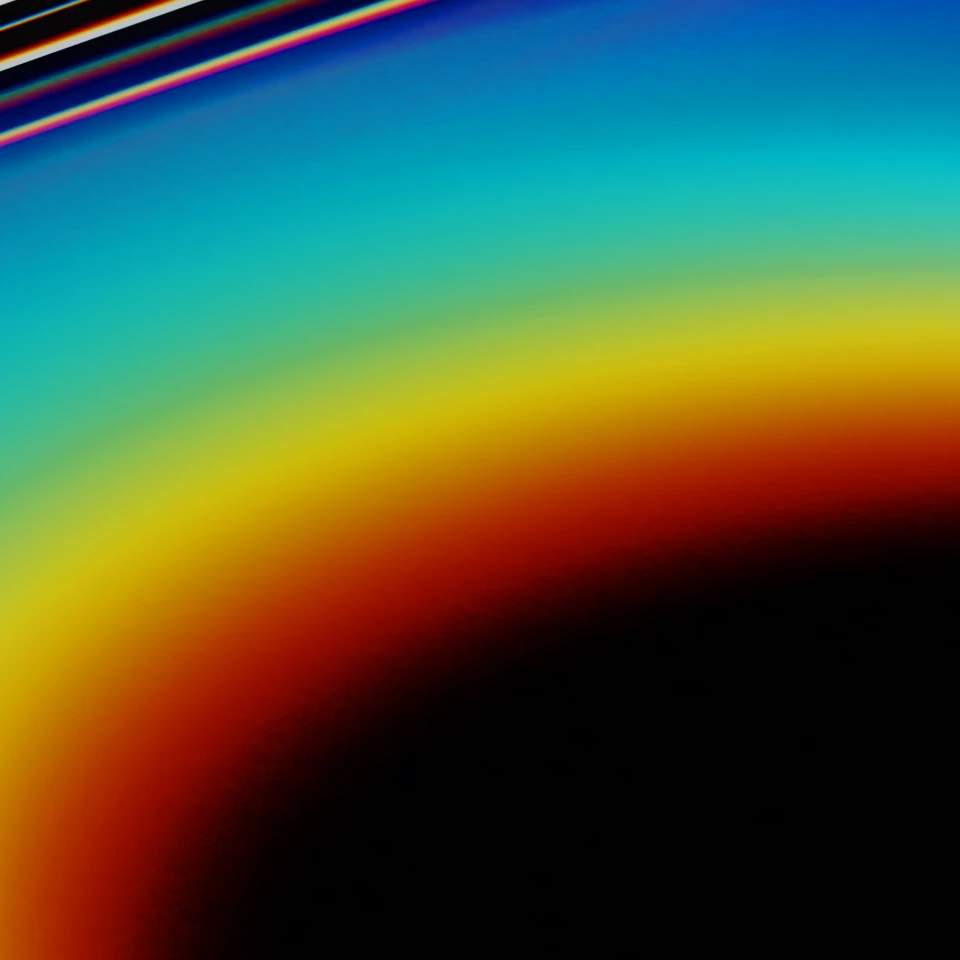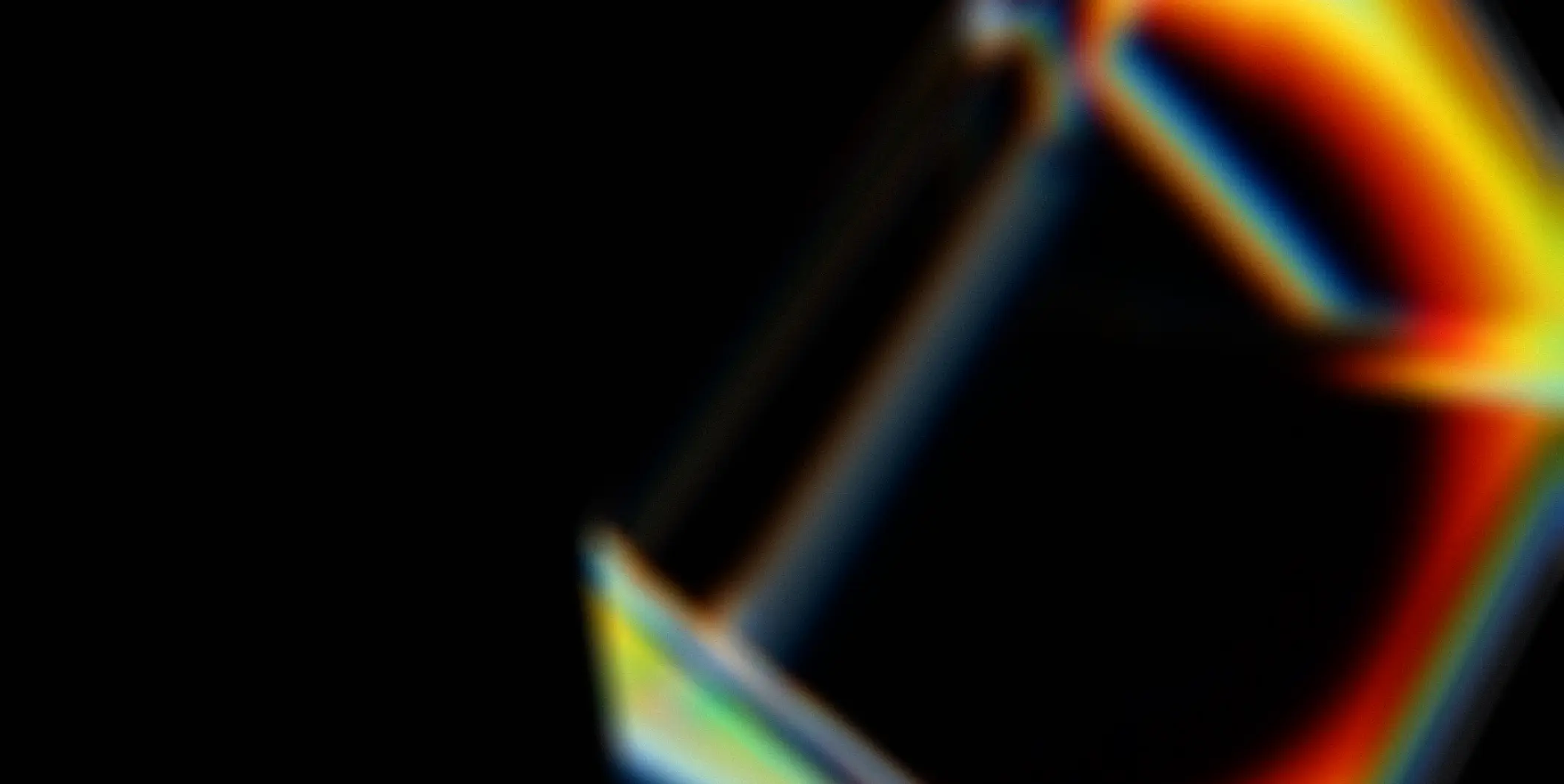Optyka Ultraszybka
Candela Open Lectures
Witamy na czwartej już edycji wykładów otwartych z serii „Candela Open Lecture (COL)” dla studentów, doktorantów i młodych naukowców! Tematem tej edycji jest optyka ultraszybka.
Celem inicjatywy jest przekazywanie najnowszej wiedzy specjalistycznej z zakresu optyki i fotoniki. Przygotowaliśmy dla Was 8 wykładów poprowadzonych przez wybitnych specjalistów z całego świata. Spotkania będą prowadzone w języku angielskim, co dodatkowo pozwoli uczestnikom poszerzyć swoje techniczne kompetencje językowe.
Udział w serii wykładów jest darmowy. Aby się zarejestrować, wypełnij i prześlij formularz dostępny pod adresem https://eu01web.zoom.us/webinar/register/WN_qJWOcO4QRQic7eiqKkYLnw
Koordynator merytoryczny serii
-
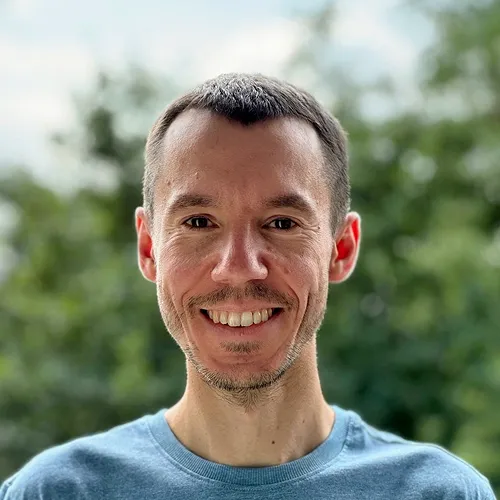
Grzegorz Soboń
Politechnika Wrocławska
Prelegenci
-
Günter Steinmeyer
Max Born Institute, Germany
-
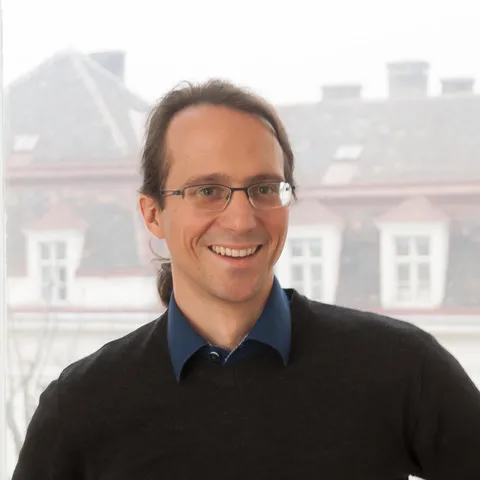
Oliver H. Heckl
University of Vienna
-
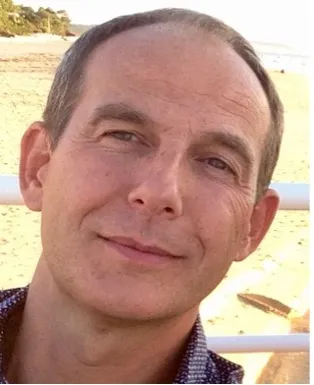
Eric Cormier
Laboratoire Photonique, Numérique et Nanosciences IOGS – CNRS – Université de Bordeaux
-
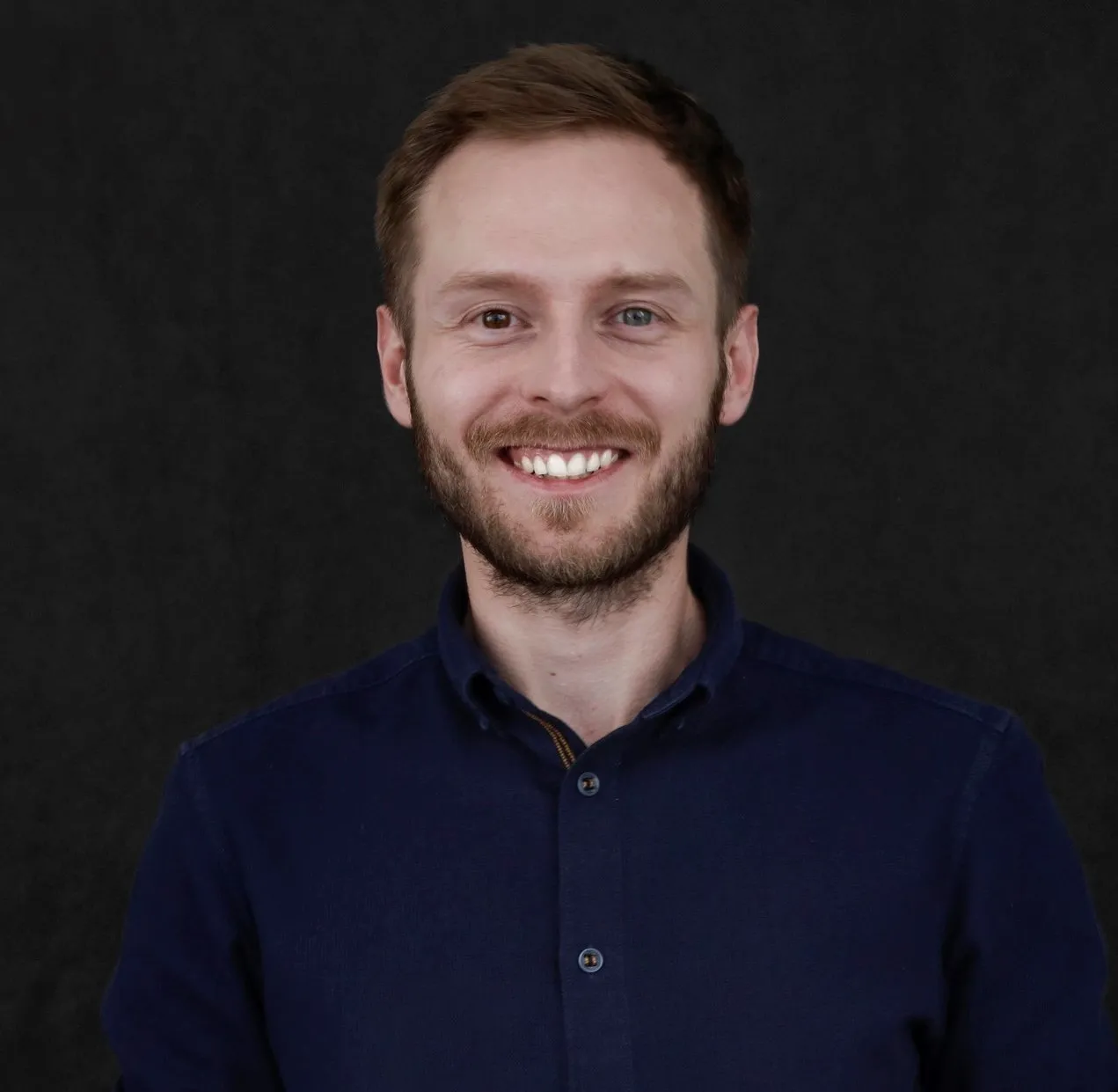
Jakub Bogusławski
Politechnika Wrocławska
-
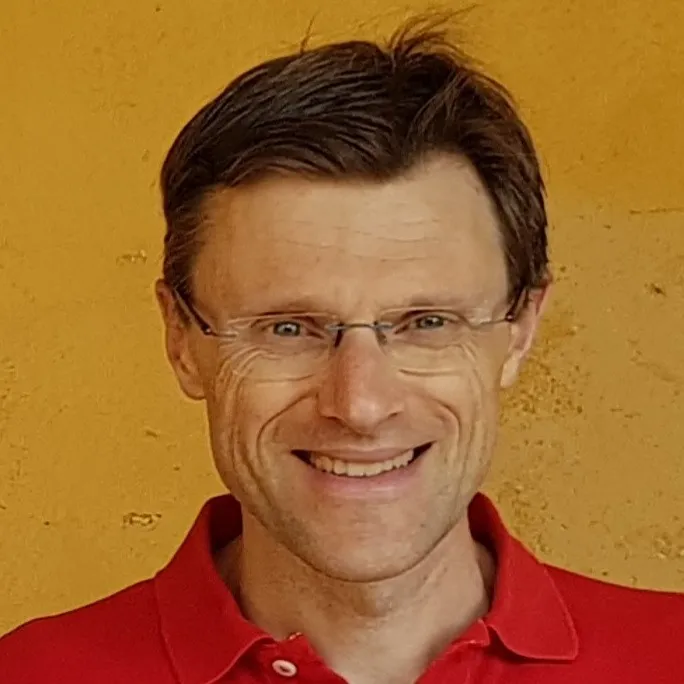
Marco Marangoni
Politecnico di Milano, Italy
-
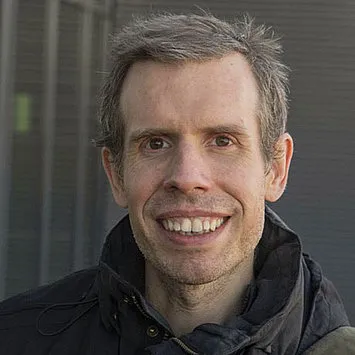
Nick Karpowicz
Max Planck Institute of Quantum Optics
-
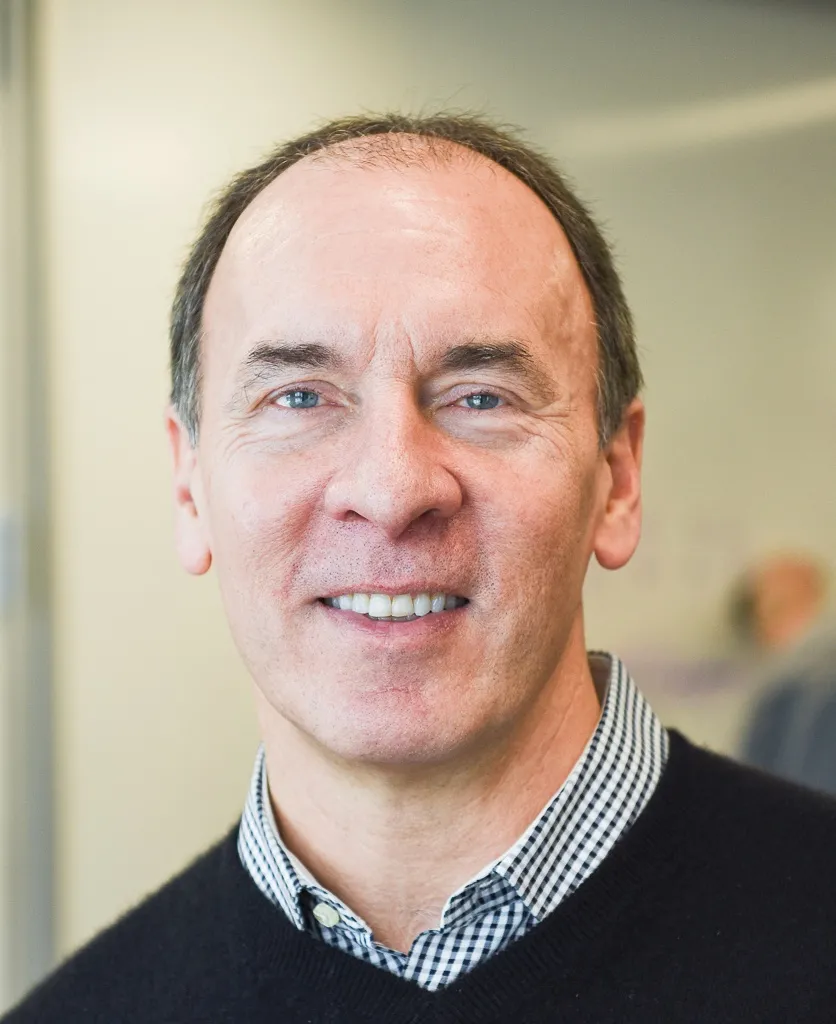
Frank William Wise
Cornell University, USA
-
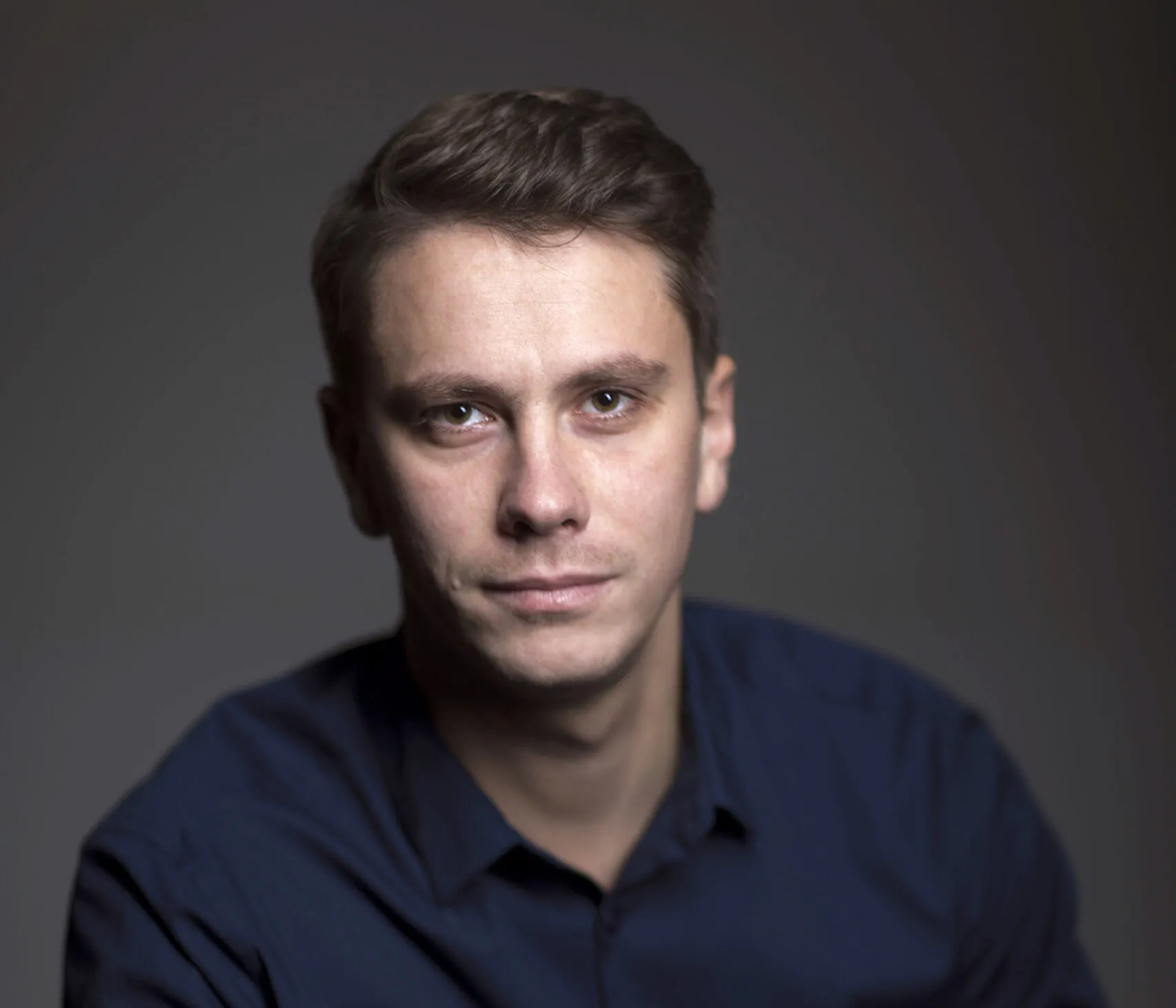
Bogusz Stępak
Fluence Technology, Poland
Wykładowcy
Data i miejsce
Zapisy
Tematyka wykładów i wykładowcy
Zapisy na wykłady:
FAQ
Materiały & dokumenty
-
Plakat
-
Plakat (wersja w języku polskim) – do druku
kodowanie kolorów CMYK
-
Plakat (wersja w języku polskim) – do wyświetlania
kodowanie kolorów RGB
-
Plakat (wersja w języku angielskim) – do druku
kodowanie kolorów CMYK
-
Plakat (wersja w języku angielskim) – do wyświetlania
kodowanie kolorów RGB
-
-
RODO
-
Informacja o przetwarzaniu danych osobowych osób biorących udział w Candela Open Lectures
-
